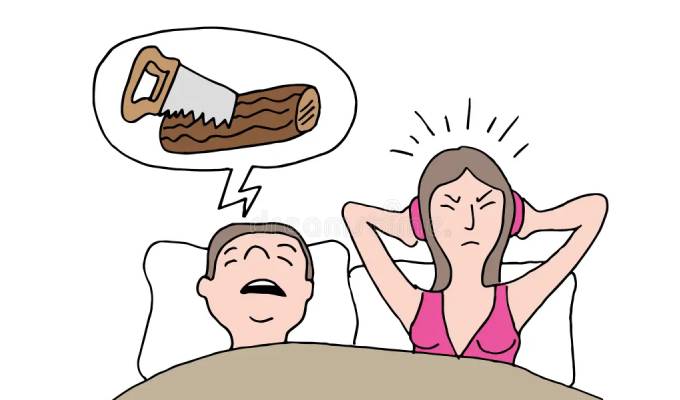Snoring is quiet a common condition. The extent to which people snore may vary and can fall under any of these 3 categories:
- Habitual Snorers are those whose snoring poses no problem to their health and their snoring is not a disturbance to others.
- Snoring which can be a disturbance to others particularly their spouse.
- Sleep Apnoea is the extreme form of snoring. Those with sleep apnoea have intermittent spells of breath holding (called Apnoea ). They also tend to feel more sleepy in the daytime. Sleep apnoea is commoner in heavier individuals. Modern life style habits with increasing incidence of obesity has contributed to rise in the incidence of sleep Apnoea.
Sleep Apnoea may impact one health in the long run due to cardiovascular problems.
A CPAP not only eliminates snoring but always prevents the medical complications that a patient with sleep APNOEA can develop.

How is a diagnosis of Sleep Apnoea made?
This is by means of a test called SLEEP STUDY wherein certain parameters are measured during a six hour sleep.
What are the common underlying causes?
In the PAEDIATRIC age group enlarged TONSILS AND ADENOID is the commonest cause. In the adult population OBESITY is a major risk factor, however careful examination of the upper airway passages (Nose and Throat) may reveal specific causes for obstruction.
How can Sleep Apnoea be treated?
- Specific cause for airway obstruction ( eg.Tonsil/Adenoid) should be surgically addressed.
- Weight reduction in obese patients is mandatory. This is by a combination of exercise and a watchful diet.
- Use of a device called CPAP (Continuous positive airway pressure)
A CPAP not only eliminates snoring but always prevents the medical complications that a patient with sleep APNOEA can develop.
